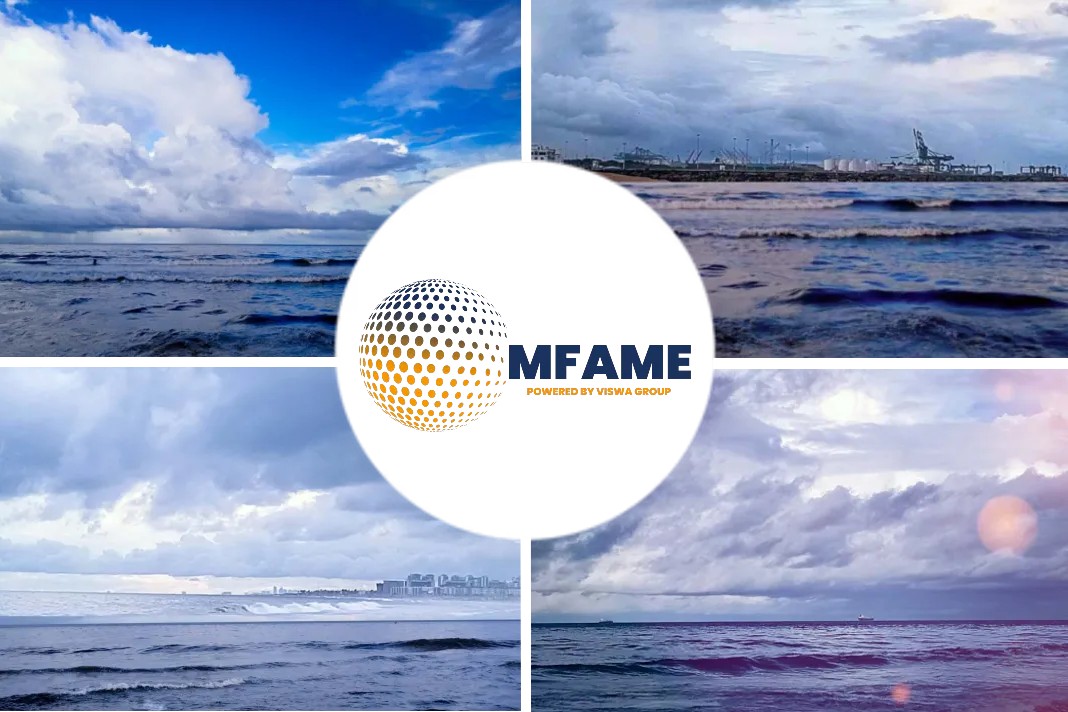- VLCCs making long-haul voyages with freight rates jumping $1 million.
- Japanese and Korean charterers stepping seen as a cause.
- Re-entry of China’s Unipec into the US crude buying adds to jump in VLCC freight rates.
- Freight rates of VLCC on USGC-Singapore run climbed nearly 23% of $800,000 and reached a lump sum of $5.4 million on Monday.
- New bookings with higher rates just to move barrels before month end.
- The US exported 2.64 million b/d in the week that ended September 21
- Unipec placed a ship at lump sum $4.6 million for a Singapore discharge and $5.6 million for China.
Freight rates for VLCCs making long-haul voyages east out of the US Gulf Coast and Caribbean continued to soar Monday, jumping $1 million in just two trading sessions. This was due to continued waning of tonnage availability, with an increased number of Asian buyers looking to cover cheaper US crude cargoes.
Increased freight rates
“All of the Japanese and Korean charterers are stepping up,” one shipbroker said of the influx in cargo inquiries. Another shipowner pointed the re-entry of China’s Unipec into the US crude buying sphere, as an additional bullish factor for VLCC freight rates.
The rate to take a VLCC carrying a dirty cargo on a USGC-Singapore run, has climbed nearly 23% since Thursday, the day before rates jumped $800,000 day on day. Freight rates rose another $200,000 Monday to reach a lump sum of $5.4 million, the highest level since S&P Global Platts began assessing the route in March 2018.
Bookings that contribute
Market participants initially looked to a deal by Occidental Petroleum, booking a to-be-nominated Bahri ship, with options for discharge at Singapore at a $5.2 million lump sum and China at $6.2 million, to move the market higher Friday.The vessel is set to load on the USGC on October 26-31.
Litasco also booked a to-be-nominated ship to cover a cargo for the same route at the same rate for November 5-10, sources said Monday.
Rates continued to move higher as Monday progressed, with Hundayai Oil Bank placing a to-be-nominated Bahri ship on subjects to lift a cargo from the east coast of Mexico, with options for discharge at Singapore for $5.6 million and South Korea at lump sum $6.6 million.
Sentiment of Asian charterers
There were at least five fixtures reported over the course of Monday and Friday for VLCCs heading to the East Asia for late October and early November dates and a possible three additional cargoes — two for loading on the USGC and one in the Caribbean — in the need of vessels for the same time period.
Some shipping sources also said a desire to move barrels before the end of the month was lending to the bullish sentiment created by cargo inquiries from Asian charterers.
The “tonnage is not there,” a different shipbroker said of the firming market, “but the cargoes are still there and owners want more.”
Demand pushing US crude exports higher
The spread between NYMEX WTI and ICE Brent has allowed US Gulf Coast crude grades to strengthen over the past week.
The frontline Platts Brent-WTI Houston Swaps spread ended Friday at $9.50/b, compared with $9.19/b on Thursday and $9.20/b on September 26. The spread narrowed slightly Monday, ending at $9.38/b. However, US crudes continued to find support.
The wider spread tends to boost WTI-linked USGC crudes as they are appealing to buyers in Asia and Northwest Europe.
International demand for US crude is expected to boost exports in the coming weeks.
The US exported 2.64 million b/d in the week that ended September 21, according to the Energy Information Administration, the highest volume of exports from the US since the week that ended July 20, when 2.68 million b/d was exported. The all-time high of 3 million b/d was seen in the week that ended June 22.
As a result of the widening of the Brent-WTI spread, US crude differentials are strengthening. The WTI FOB assessed value has followed WTI at the Magellan East Houston terminal higher, with the assessed value assuming an average loading cost of 60 cents/b. MEH strengthened 25 cents/b Monday and was assessed at WTI cash plus $7.60/b.
UNIPEC Re-entry adds
“Unipec started buying US crude again this month and so the general cargo count is up by four to five cargoes,” the shipowner said. “And there aren’t many natural positions to cover that.” This re-entry of UNIPEC could be contributing to waning tonnage availability, the shipowner added.
Unipec placed a ship on subjects to make the same journey late Thursday at lump sum $4.6 million for a Singapore discharge and $5.6 million for China.
VLCC opted for the first time
This is the first time Unipec has been seen looking for a VLCC to cover a US cargo since June 26, according to Platts data. The vessel name was unclear by Monday afternoon, with some shipbrokers pointing to the Xin Wei Yang and others to the Bunga Kasturi Tiga.
The Xin Wei Yang is currently located at the Galveston Offshore Lighterage port while the Bunga Kasturi Tiga is off the coast of Brazil and expected to arrive at the Lousiana Offshore Oil Port on October 19, according to data from Platts’ cFlow trade flow software.
The global VLCC market has been relatively tight over the past week, with heavy fixture activity for cargoes sailing out of the West Africa and the Arabian Gulf, adding to the tightening tonnage list as shipowners hold out from ballasting to the USGC and Caribbean, the shipowner said.
Did you subscribe for our daily newsletter?
It’s Free! Click here to Subscribe!
Source: Platts



























